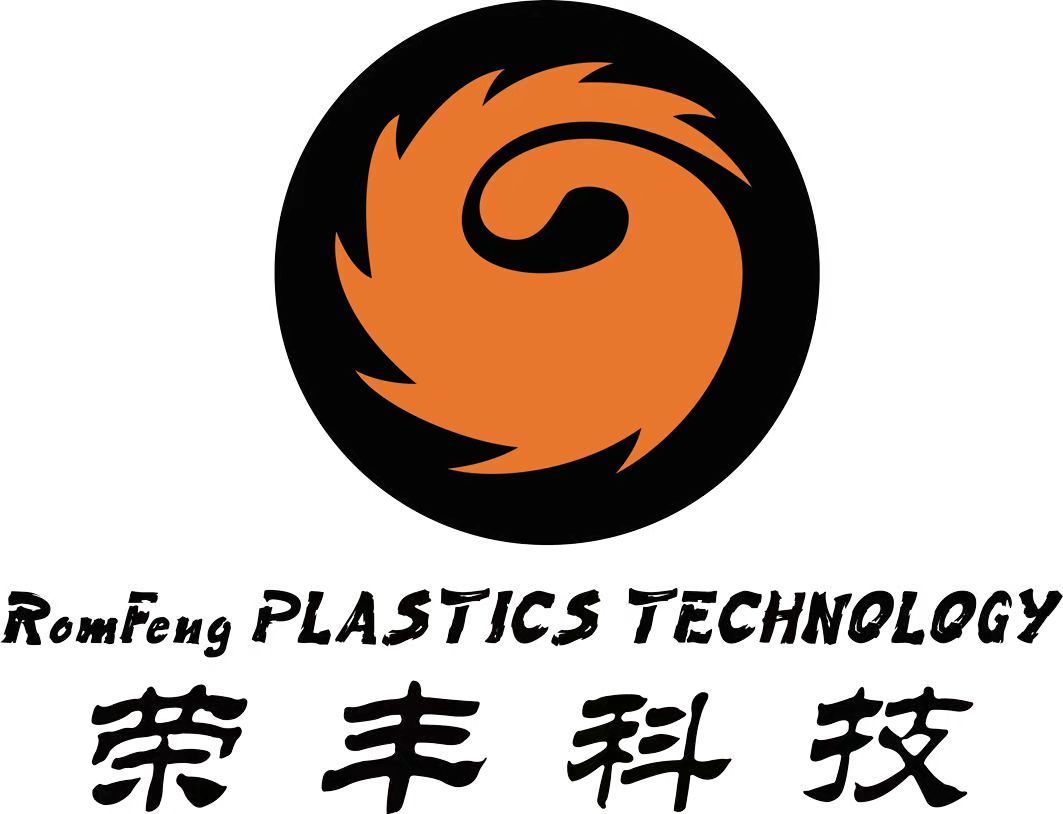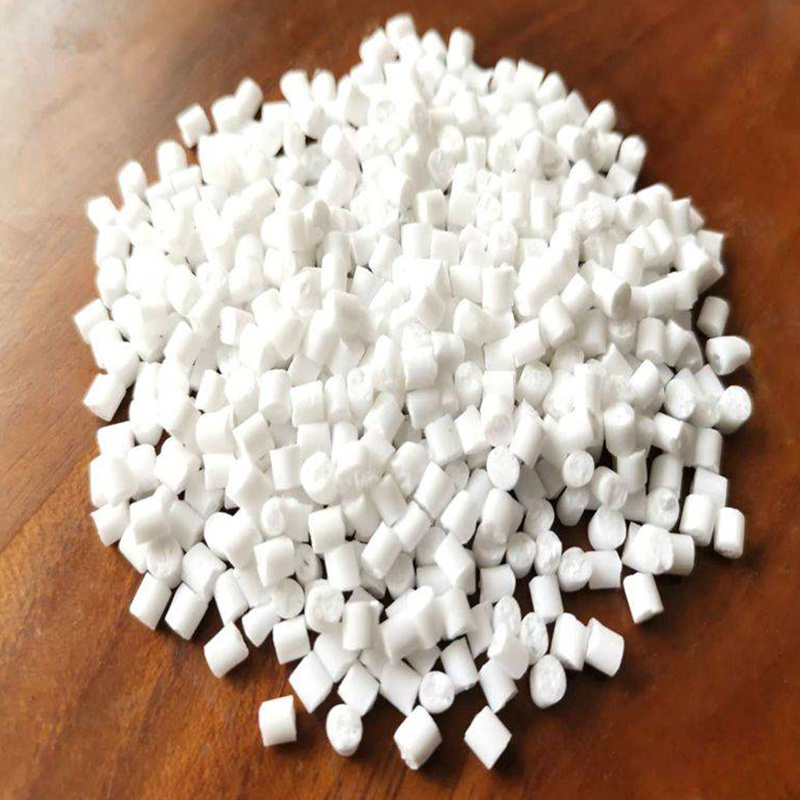Unlocking the Benefits of ABS Conductive Additive Masterbatch in Modern Plastics
Release time:
2025-06-16 11:41
Source:
Unlocking the Benefits of ABS Conductive Additive Masterbatch in Modern Plastics
Table of Contents
1. Introduction to ABS Conductive Additive Masterbatch
2. Understanding ABS: The Backbone of Modern Plastics
3. The Role of Additives in Plastic Manufacturing
4. What is Conductive Additive Masterbatch?
5. Key Benefits of ABS Conductive Additive Masterbatch
5.1 Improved Electrical Conductivity
5.2 Enhanced Durability and Strength
5.3 Versatility in Applications
5.4 Cost-Effectiveness of ABS Conductive Additives
6. Applications of ABS Conductive Additive Masterbatch in Various Industries
6.1 Electronics and Electrical Components
6.2 Automotive Industry
6.3 Medical Devices and Equipment
6.4 Packaging Solutions
7. Manufacturing Process of ABS Conductive Additive Masterbatch
8. Future Trends in Conductive Plastic Materials
9. Frequently Asked Questions (FAQs)
10. Conclusion
1. Introduction to ABS Conductive Additive Masterbatch
The world of plastics is undergoing a significant transformation, driven by the continuous quest for improved performance and functionality. Among the most innovative solutions is the **ABS conductive additive masterbatch**, an essential material that enhances the properties of traditional plastics. This article delves into the unique benefits of using this advanced masterbatch in modern plastic applications, revealing its pivotal role in various industries.
2. Understanding ABS: The Backbone of Modern Plastics
Acrylonitrile Butadiene Styrene (ABS) is a popular thermoplastic known for its rigidity and toughness. Its unique structure combines the strength of acrylonitrile, the impact resistance of butadiene, and the heat resistance of styrene, making it an ideal choice for many applications. The adaptability of ABS allows it to be molded into a variety of shapes, catering to diverse industrial needs.
3. The Role of Additives in Plastic Manufacturing
Additives are crucial in enhancing the properties of plastics. They can improve flexibility, strength, color, and other characteristics that make plastics suitable for specific applications. The integration of conductive additives into ABS masterbatch adds another layer of functionality, providing electrical conductivity where it is needed.
4. What is Conductive Additive Masterbatch?
A **conductive additive masterbatch** is a concentrated mixture of additives that are blended with a polymer base, such as ABS, to impart electrical conductivity. This masterbatch is designed to achieve specific performance characteristics, enabling plastics to dissipate static electricity and enhance electromagnetic interference (EMI) shielding. The precise formulation of these masterbatches allows for customization based on the application requirements.
5. Key Benefits of ABS Conductive Additive Masterbatch
5.1 Improved Electrical Conductivity
One of the primary advantages of ABS conductive additive masterbatch is its ability to enhance electrical conductivity. This property is essential in applications where static electricity can pose safety risks or disrupt electronic operations. Conductive plastics help to prevent the build-up of static charge, making them suitable for components in sensitive electronic devices.
5.2 Enhanced Durability and Strength
Incorporating conductive additives into ABS not only provides electrical properties but also improves overall durability. The resulting material demonstrates enhanced resistance to impact and stress, making it ideal for demanding applications. This increased strength extends the lifespan of products, leading to higher customer satisfaction.
5.3 Versatility in Applications
ABS conductive additive masterbatches are incredibly versatile. They can be employed across various industries, from consumer electronics to automotive manufacturing. Their ability to be molded into different shapes and sizes makes them an attractive option for manufacturers seeking to innovate.
5.4 Cost-Effectiveness of ABS Conductive Additives
While the initial investment in high-quality ABS conductive additive masterbatch may seem substantial, the long-term savings are significant. The durability and extended lifespan of products made with these materials can lead to reduced replacement costs and lower overall production expenses. Thus, manufacturers can achieve a better return on investment.
6. Applications of ABS Conductive Additive Masterbatch in Various Industries
6.1 Electronics and Electrical Components
The electronics industry is one of the largest consumers of ABS conductive additive masterbatches. These materials are used to create housings for devices such as smartphones, laptops, and various electronic components. The conductive properties help protect sensitive internal components from EMI and static discharge.
6.2 Automotive Industry
In the automotive sector, ABS conductive additives are used in manufacturing interior and exterior components. These materials not only enhance aesthetic appeal but also ensure safety by reducing static electricity build-up, which can be a hazard in environments with flammable materials.
6.3 Medical Devices and Equipment
In the medical field, maintaining cleanliness and preventing static charge is crucial. The use of ABS conductive additive masterbatches in medical devices ensures that equipment remains safe and effective. These materials can be found in a variety of applications, from surgical instruments to diagnostic devices.
6.4 Packaging Solutions
Conductive packaging solutions are gaining traction in protecting electronic components during shipping. Using ABS conductive additive masterbatch in packaging ensures that products are shielded from static damage, maintaining their integrity and functionality.
7. Manufacturing Process of ABS Conductive Additive Masterbatch
The manufacturing of ABS conductive additive masterbatch involves a precise blending process. Raw ABS pellets are combined with specific conductive additives under controlled conditions. This process ensures uniform distribution of the conductive materials throughout the ABS matrix, resulting in consistent performance characteristics. The final product is then pelletized for easy handling and incorporation into production processes.
8. Future Trends in Conductive Plastic Materials
As technology continues to evolve, the demand for advanced conductive plastics is expected to rise. Innovations in formulation and processing technologies will lead to the development of more sustainable and efficient materials. Anticipated trends include the integration of nanotechnology to enhance conductivity while maintaining lightweight properties. Additionally, the push for eco-friendly materials will drive research into biodegradable conductive plastics.
9. Frequently Asked Questions (FAQs)
What is the primary advantage of using ABS conductive additive masterbatch?
The primary advantage is the enhancement of electrical conductivity, which is essential for applications in electronics, automotive, and medical industries.
How does ABS conductive additive masterbatch compare to traditional plastics?
ABS conductive masterbatch offers additional benefits, such as improved electrical properties and durability, making it a superior choice for specific applications.
Can ABS conductive additive masterbatch be recycled?
Yes, ABS is recyclable. However, the recyclability of conductive masterbatches may depend on the specific additives used and their compatibility with recycling processes.
What industries benefit the most from ABS conductive additive masterbatch?
Industries including electronics, automotive, medical, and packaging benefit significantly from the properties of ABS conductive additive masterbatch.
Are there any health risks associated with using ABS conductive additive masterbatch?
When used according to manufacturer guidelines, ABS conductive additive masterbatches are safe. However, proper handling and safety practices should always be followed during processing.
10. Conclusion
In conclusion, the **ABS conductive additive masterbatch** represents a significant advancement in modern plastic technology. Its unique properties not only enhance the performance of traditional plastics but also open new avenues for application across various industries. As the demand for innovative solutions in electronics, automotive, medical, and packaging continues to grow, the role of ABS conductive additive masterbatch will likely become even more critical. Embracing this technology can lead to enhanced product reliability, improved safety, and a competitive advantage in the ever-evolving landscape of the plastic industry.
ABS Conductive Addititve Masterbatch








